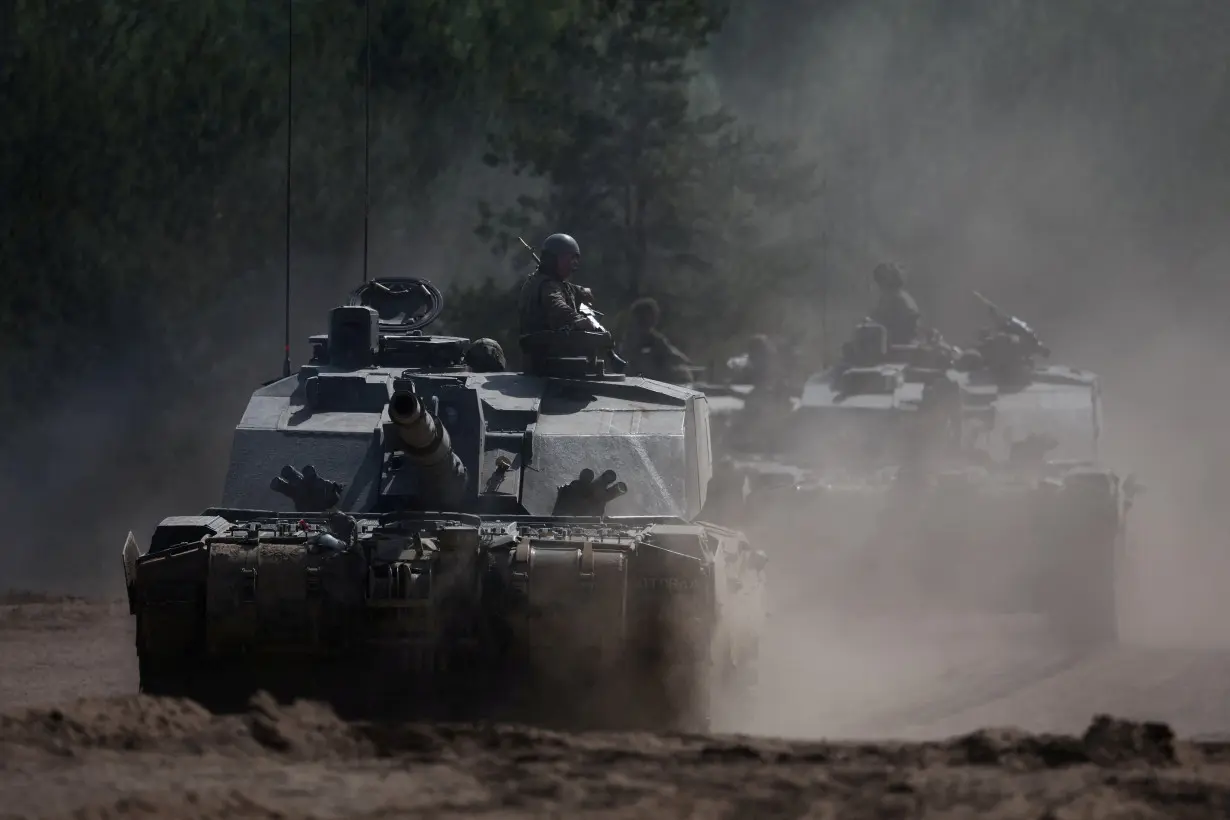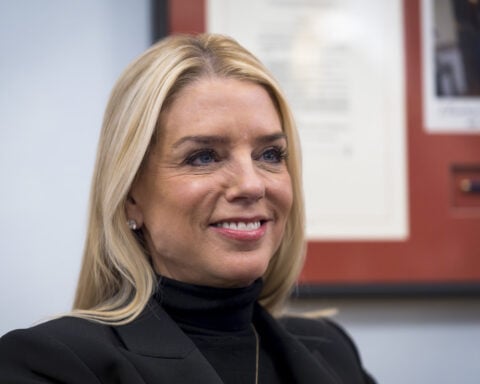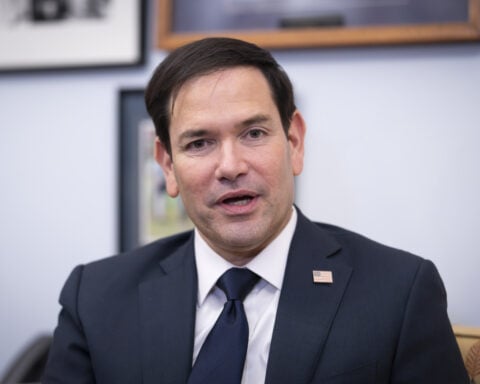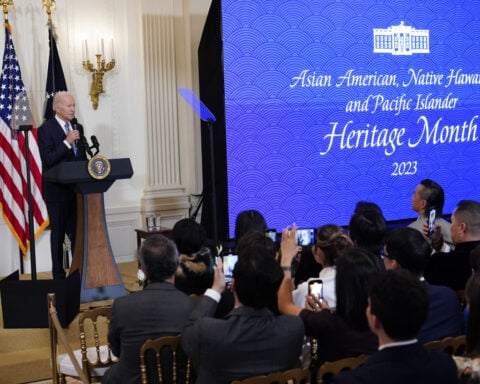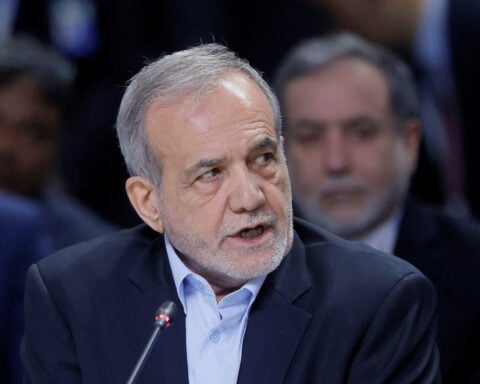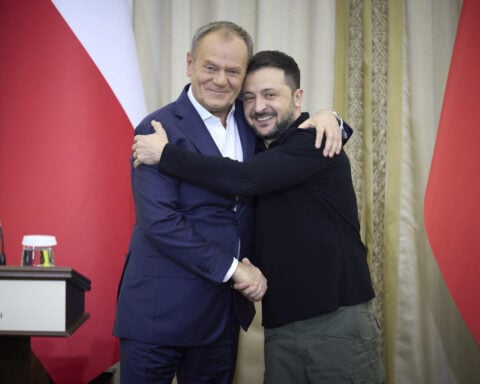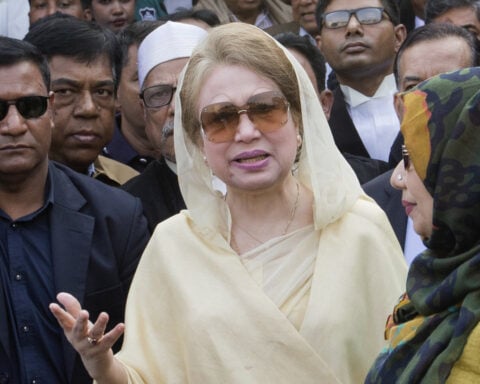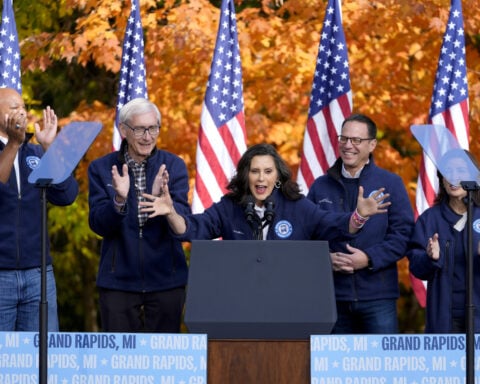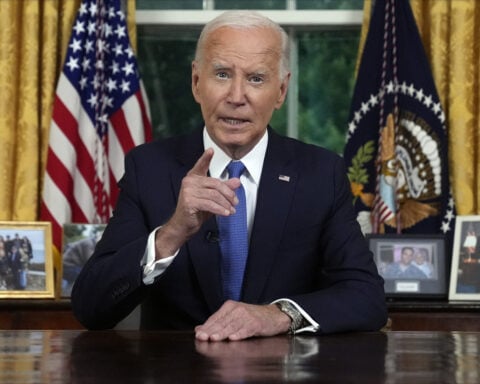BRUSSELS (Reuters) - The war in Ukraine and the looming U.S. presidential election dominated a NATO summit in Washington this month but, away from the public stage, the alliance's military planners have been focused on assessing the enormous cost of fixing Europe's creaking defences.
NATO leaders agreed plans last year for the biggest overhaul in three decades of its defence capabilities, amid growing fears of Russian aggression. Behind the scenes, officials have since been poring over the minimum defence requirements to achieve those plans, which were sent to national governments in recent weeks, according to one military planner, who spoke on condition of anonymity.
The minimum requirements detail the shortfalls in NATO armies in key areas, providing a rough indication of how many billions of euros it could cost to fix, the military planner said. NATO aims to convert these requirements into binding targets for individual governments to provide for the defence of Europe by autumn 2025, when it holds a regular meeting of defence ministers.
Reuters spoke to 12 military and civilian officials in Europe about the classified plans, who outlined six areas the 32-nation alliance has identified as the most pressing to address.
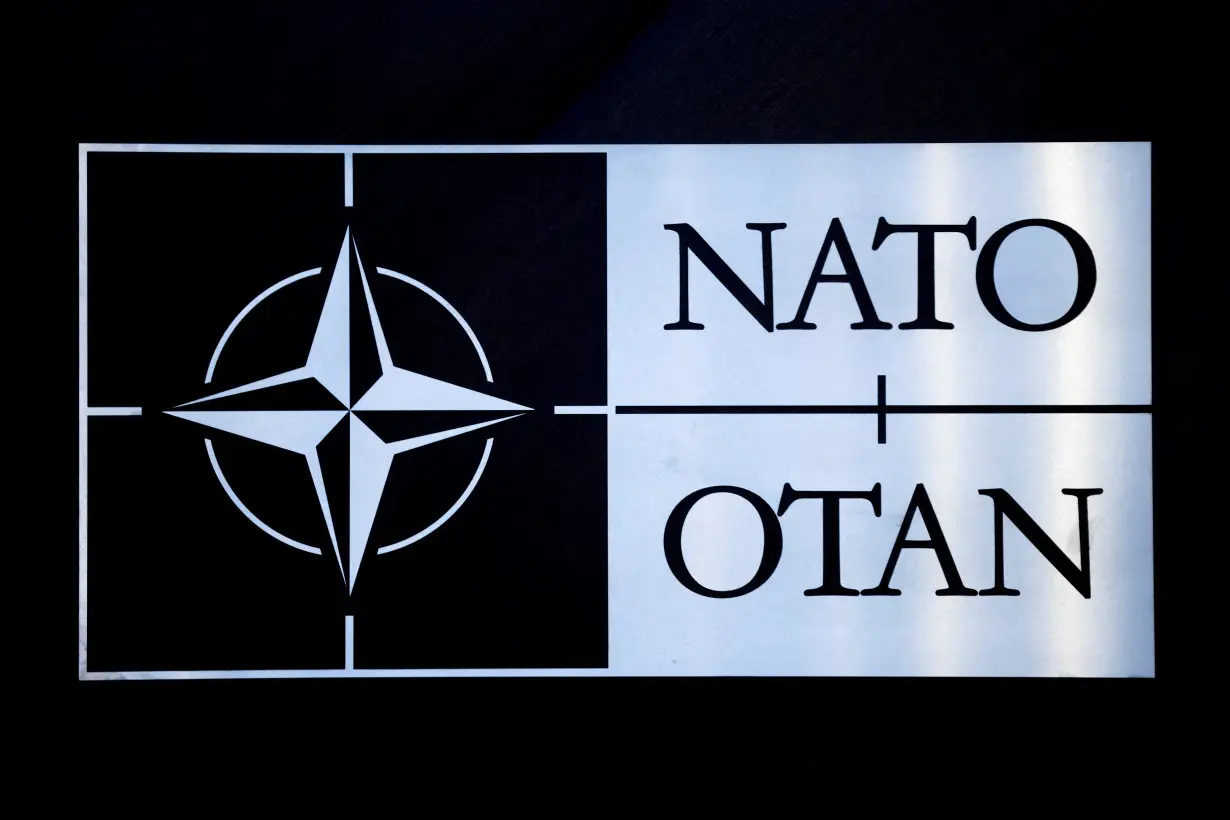
These include shortages in air defences and long-range missiles, troop numbers, ammunition, logistical headaches and a lack of secure digital communications on the battlefield, the conversations with NATO officials showed.
The officials spoke on condition of anonymity to discuss security matters more freely. NATO hasn't publicly given an estimate of the overall costs.
The findings show NATO faces a slog to achieve its goals at a time when its unity could be tested by budgetary constraints among senior European members, and differences over how hawkish its stance on Russia should be.
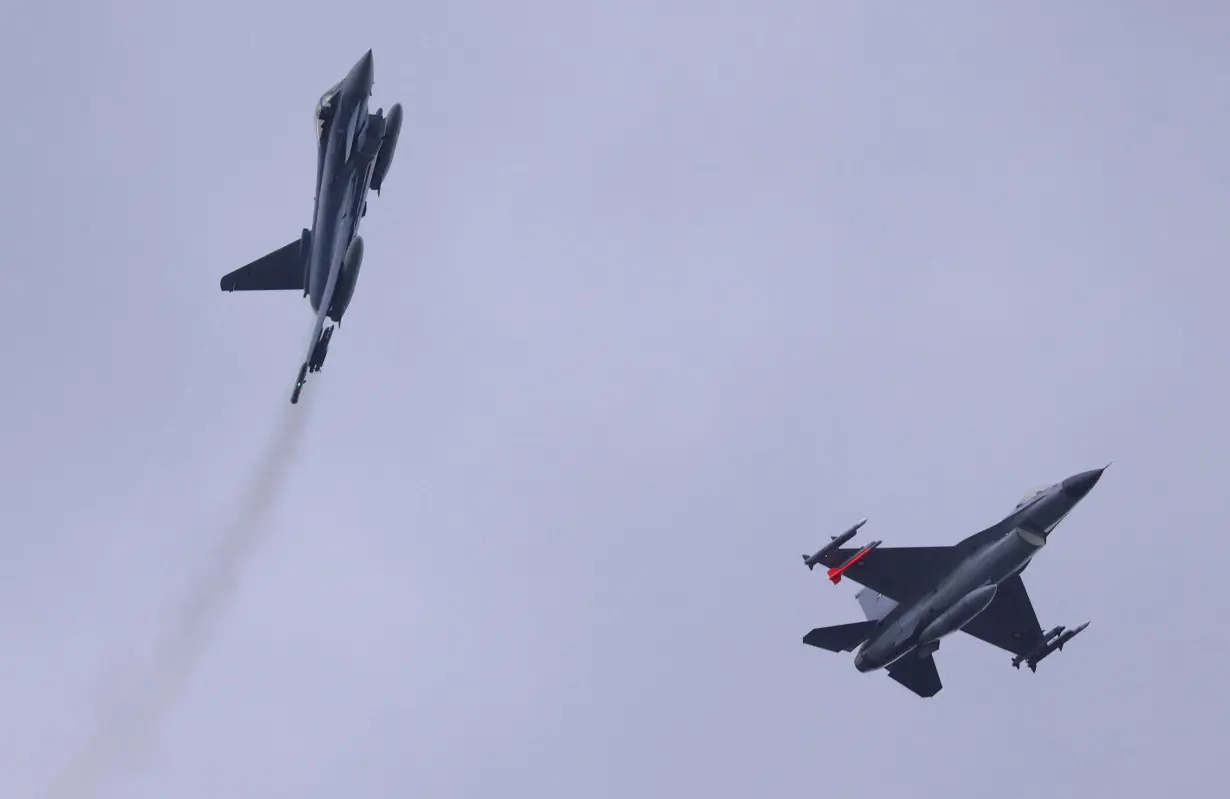
Crucially, this year's U.S. presidential election has raised the spectre that NATO's preeminent power may be led by a man critical of the alliance – former President Donald Trump – who has accused European partners of taking advantage of U.S military support.
At the July 9-11 Washington summit, some European policymakers publicly acknowledged that, regardless of who wins November's election, the continent will need to hike its military spending.
"We need to recognize that for America, whatever the result of the presidential election, the priority is increasingly going to shift to the Indo-Pacific, so that the European nations in NATO must do more of the heavy lifting," British Defence Secretary John Healey said on the sidelines of the summit.
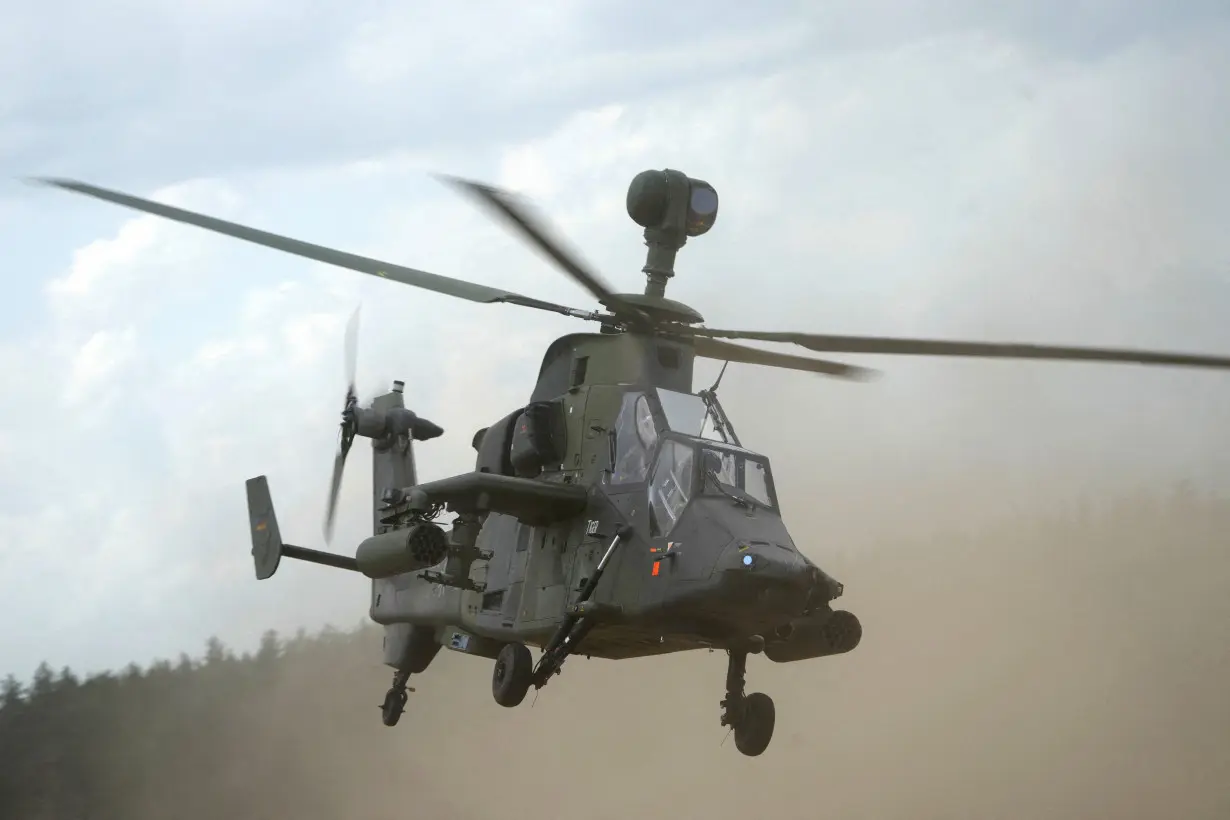
In response to Reuters' questions, a NATO official said the alliance's leaders had agreed in Washington that in many cases expenditure beyond 2% of GDP would be needed to remedy shortfalls. He noted that 23 members now meet the 2% mininum requirement, or exceed it.
"Regardless of the outcome of the U.S. elections, European Allies will need to continue to increase their defence capabilities, forces' readiness and ammunition stocks," the NATO official said.
NATO is at its highest alert stage since the Cold War, with its more pessimistic officials, including German Defence Minister Boris Pistorius, warning that an attack by Russia on its borders could happen within five years.
While the Russian economy is already on a war footing, European governments may face resistance if they demand more money for defence spending from taxpayers reeling from a cost-of-living squeeze to prepare for a war that seems a distant prospect to many, analysts say.
"We may expect to see a political backlash materialise, especially if politicians try to explain away cuts elsewhere with increased defence budgets," Eurointelligence, a news and analysis service focused on the EU, said in a July 12 note.
HEAVY LIFTING
NATO's first serious overhaul since the end of the Cold War will pivot the alliance back to the defence of Europe against a possible Russian attack, after years of more distant missions in the likes of Afghanistan.
Reuters has previously reported that NATO planners believe it will need between 35 and 50 extra brigades to withstand a Russian attack. A brigade consists of 3,000 to 7,000 troops, which would mean anywhere from 105,000 to 350,000 soldiers.
It means, for example, that Germany would need 3-5 extra brigades or 20,000 to 30,000 additional combat troops, the source said, effectively one more division on top of the three divisions Berlin is working to equip at the moment.
The defence ministry in Berlin declined to comment on classified plans.
Echoing U.S. officials, many European policymakers – including Britain's Healey - are already saying that defence spending will have to top the alliance's current target of 2% of GDP.
Tuuli Duneton, undersecretary for defence policy in Estonia – one of Europe's most hawkish governments - suggested in an online briefing on July 2 ahead of the Washington gathering that next year's NATO summit should discuss raising the spending goal to either 2.5% or 3%.
The U.S. is by far the largest contributor to NATO operations. According to NATO estimates published in June, the United States will spend $967.7 billion on defence in 2024, roughly 10 times as much as Germany, the second-largest spending country, with $97.7 billion. Total NATO military expenditures for 2024 are estimated at $1,474.4 billion.
Trump's selection in July of Senator J.D. Vance as his vice-presidential running partner – who opposes aid to Ukraine and has criticised NATO partners as "welfare clients" - stirred concern in some European capitals.
Lieutenant Colonel Charlie Dietz, a Pentagon spokesperson, said the U.S. supported European allies' efforts to increasing defense spending to at least the 2% of GDP target, and noted they had already made significant progress in boosting budgets.
"NATO's regional defense plans involve enhancing readiness and flexibility across the Alliance. We remain committed to contributing significantly to these efforts," Dietz told Reuters.
Under the new defence plans, Germany will need to quadruple its air defences – not just the number of Patriot batteries but also shorter-range systems - to protect bases, ports and more than 100,000 troops expected to cross the country on their way to the eastern flank in the event of severe tensions or a war, one security source told Reuters.
Germany had 36 Patriot air defence units when it was NATO's frontline state during the Cold War and even then it relied on support from NATO allies. Today, German forces are down to 9 Patriot units, after donating three to Ukraine since the Russian invasion in 2022 and need to drastically scale up.
The cost will be considerable. Berlin just ordered four Patriot units at a price tag of 1.35 billion euros.
In a sign of the budgetary challenges already weighing on Europe's largest economy, Germany is planning to halve its 2025 military aid to Ukraine. Berlin instead hopes Ukraine will be able to meet the bulk of its military needs with the $50 billion in loans from the proceeds of frozen Russian assets approved by the Group of Seven, Reuters reported.
EUROPE NEEDS TO 'BARE ITS TEETH'
Logistics planners are getting down to brass tacks, working out how to transport food, fuel and water to troops along a supply line, a senior NATO official said, with a second official pointing out that a reverse flow of wounded troops and prisoners of war will also have to be organized.
"They are developing the maps in granular detail with allies," the official said, making sure, for example, that bridges were sturdy enough to bear heavy military loads.
Another military planning source sketched out a scenario where enemy forces might target the U.S. air base in Ramstein in southwest Germany, or North Sea ports such as Bremerhaven through which NATO forces would travel en route to Poland.
"How do I protect those masses so that they don't turn into valuable targets?" the source said. "Otherwise, they will be the first and the last Americans to deploy here."
Whereas tens of thousands of NATO and Soviet troops faced off directly along the inner-German border during the Cold War, deploying troops now will take longer with the frontline of any conflict likely to be further east – up to 60 days, including the time to get a political decision, according to the first military planner.
Europe does not have enough rail capacity to move tanks, and railway gauges vary between Germany and ex-Soviet Baltic states, meaning weapons and equipment would have to be loaded onto different trains.
The first NATO planning official said cyber defences need to be strengthened to protect against a hacking attack that could affect possible deployments, for example, in Poland that could jam railways switches and halt troop movements eastward.
That makes speedy decision-making and a reliable checklist of red flags, indicating an imminent Russian attack, essential.
NATO planners have sharpened a double-digit number of early warning indicators of what might constitute the precursor to a full-blown Russian invasion, the first NATO planning source told Reuters, without providing further details.
Europe would need to be prepared to "bare its teeth" and move combat-ready troops right up to the potential frontline in response to Russian military movements if needed as a deterrent, but also to pick up the fight instantly should tensions turn into a war, the planning source said.
(This story has been corrected to fix a typo in paragraph 2)
(Reporting by Sabine Siebold; additional reporting by Matt Spetalnick and Phil Stewart; writing by Matthias Williams; Editing by Daniel Flynn)

 UK inflation unexpectedly eases in December, which could reduce pressure in bond markets
UK inflation unexpectedly eases in December, which could reduce pressure in bond markets
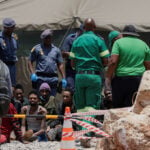 Body count from South African mine siege rises to 60
Body count from South African mine siege rises to 60
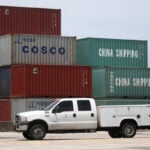 US importers rush in goods from China as Trump tariff threat looms
US importers rush in goods from China as Trump tariff threat looms
 Novak Djokovic breaks a tie with Roger Federer for the most Grand Slam matches in tennis history
Novak Djokovic breaks a tie with Roger Federer for the most Grand Slam matches in tennis history
 China's RedNote: what you need to know about the app TikTok users are flocking to
China's RedNote: what you need to know about the app TikTok users are flocking to
 British author Neil Gaiman denies ever engaging in non-consensual sex as more accusers come forward
British author Neil Gaiman denies ever engaging in non-consensual sex as more accusers come forward
